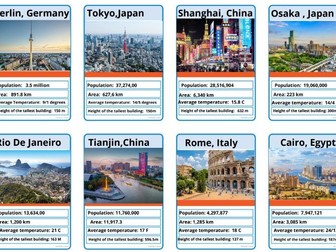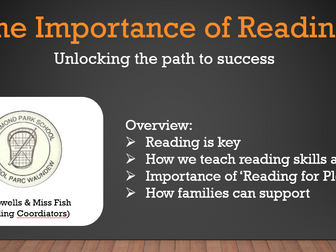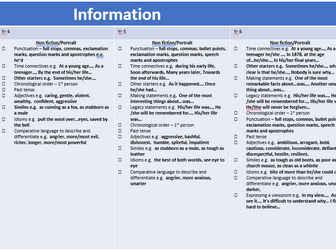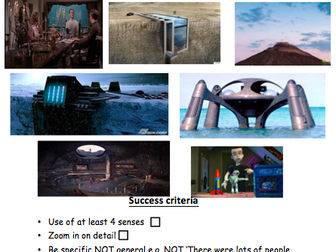
Urban Cities Top Trumps - Use Skimming and Scanning reading skills to identify the key information
Pupils are introduced to/reminded of the concept of skimming and scanning in the introduction PPT. Pupil then use these skills to identify the key information required from the provided presentations to complete the Top Trump templates.
I taught this lesson this year with a Year 4 class whilst researching the topic of Urban Cities. When I taught the lesson I shared the templates with pupils via a website called Canva.com which enabled cross-curricular ICT skills such as copy and pasting digital images, saving their work to specific files etc.
MAT - These pupils were asked to use the skimming and scanning skills to identify the required information from the website provided below:
https://kids.kiddle.co/City



